|
Here’s the problem: Your kid is a prolific artist. The artist part is great, but the volume is an issue. How many crayon drawings of your family, poster-paint apple trees, and construction-paper collages are you supposed to be able to manage? If you’ve been following my advice, you’ve Set Up a System to Deal with School Papers: A temporary display space to show off this week’s latest greatest creations and a bin or portfolio for long-term storage. But you’ll notice a secondary problem. You’ve saved all of your child’s wonderful creations, but they’re stored away where no one looks at them. Why keep a precious memento stored in a bin, |
Categories
All
Archives
July 2024
|
|
Copyright © 2024 Kate Bosch Professional Organizing LLC
|
Providence, Rhode Island | 401-699-4878
|
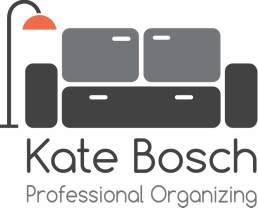


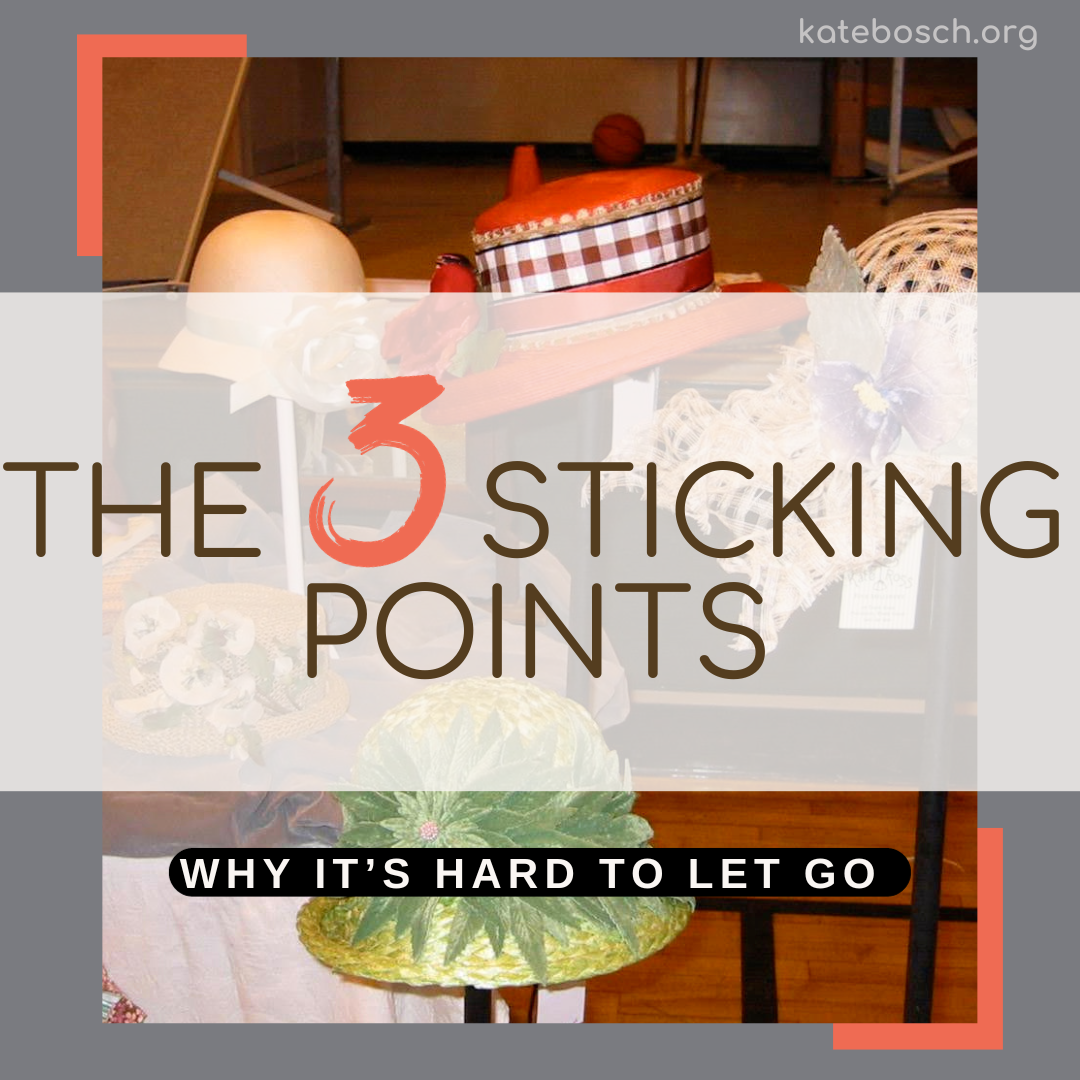
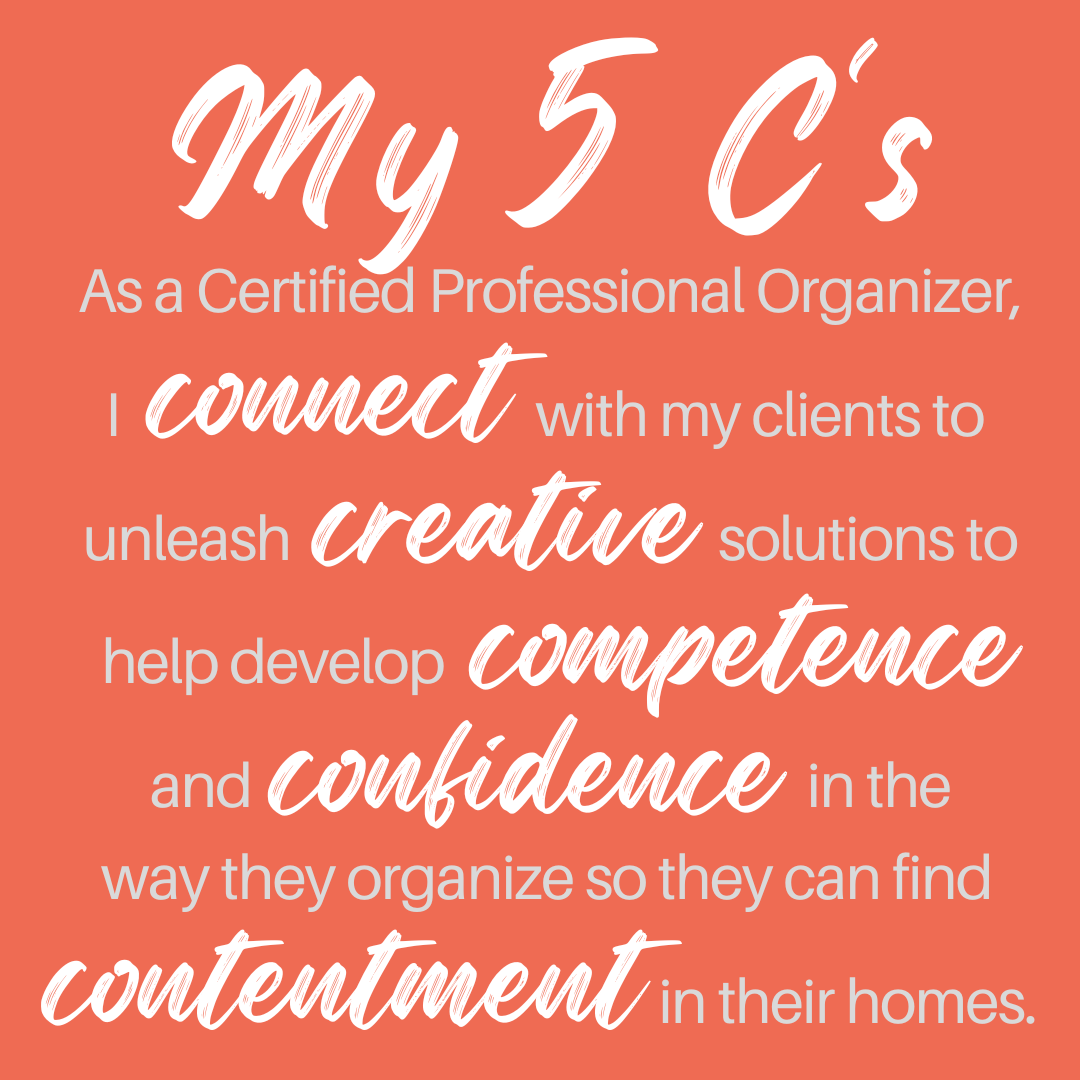
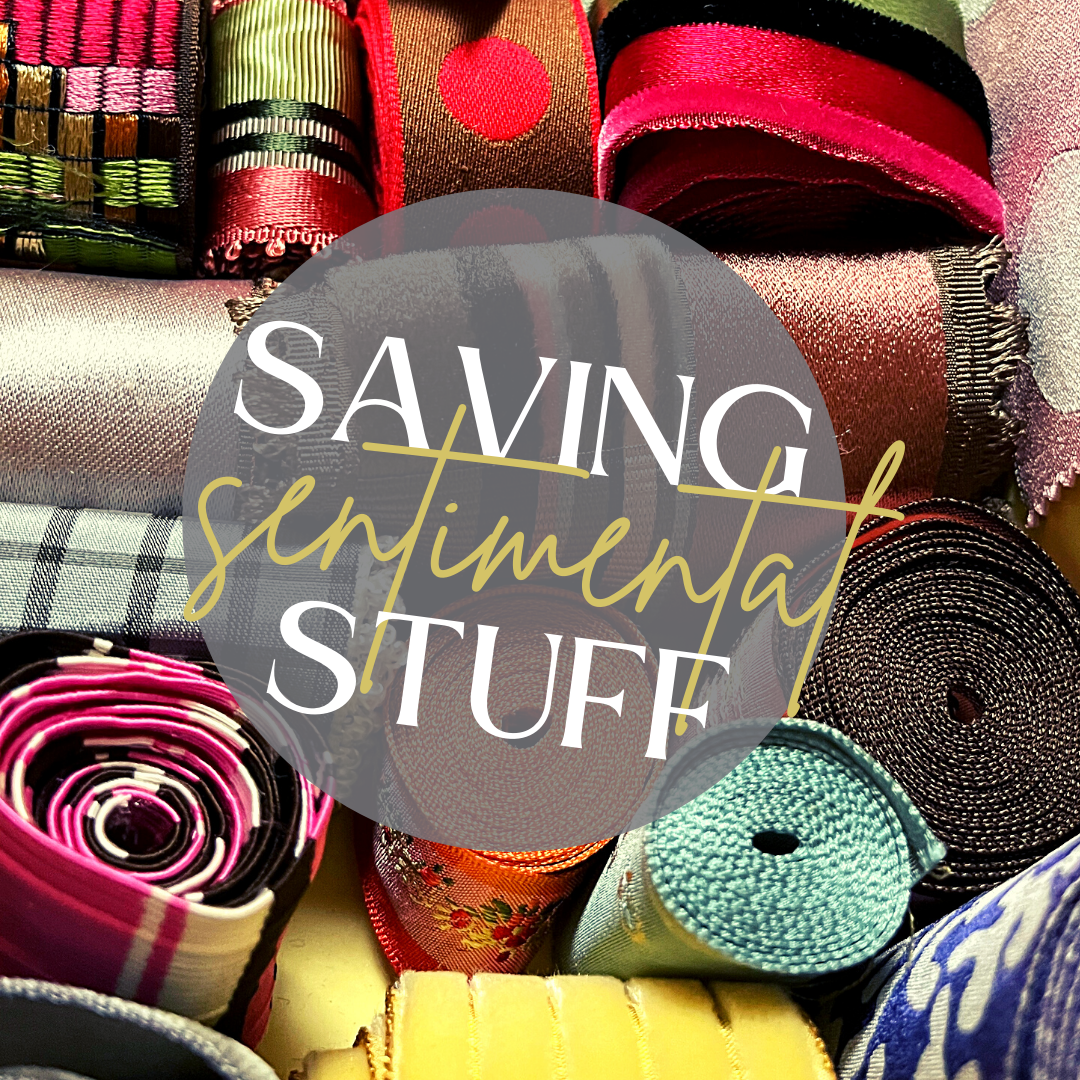
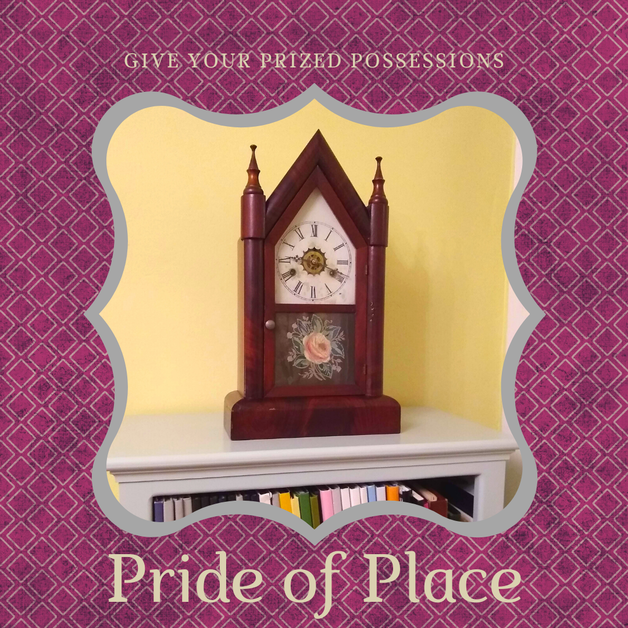
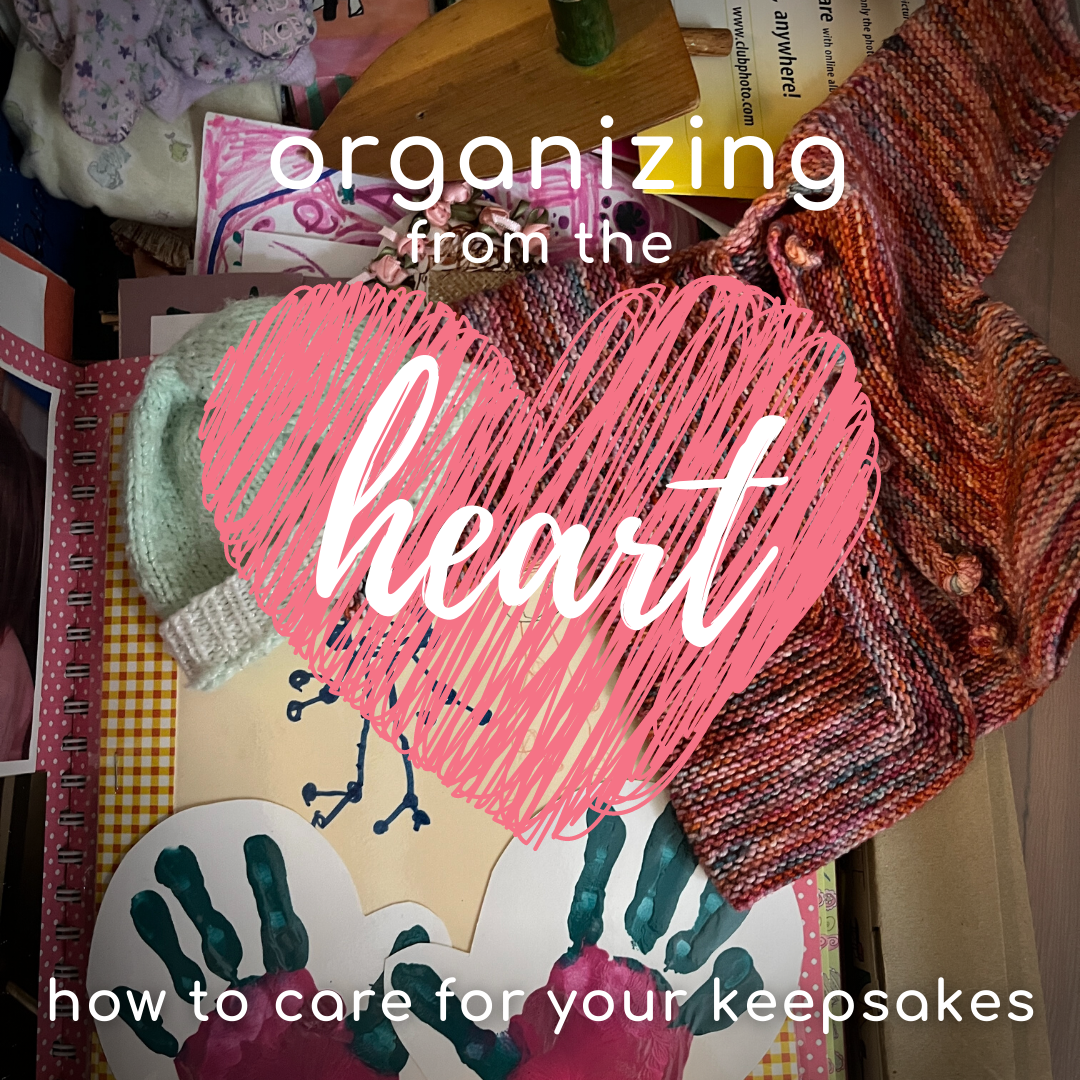
 RSS Feed
RSS Feed